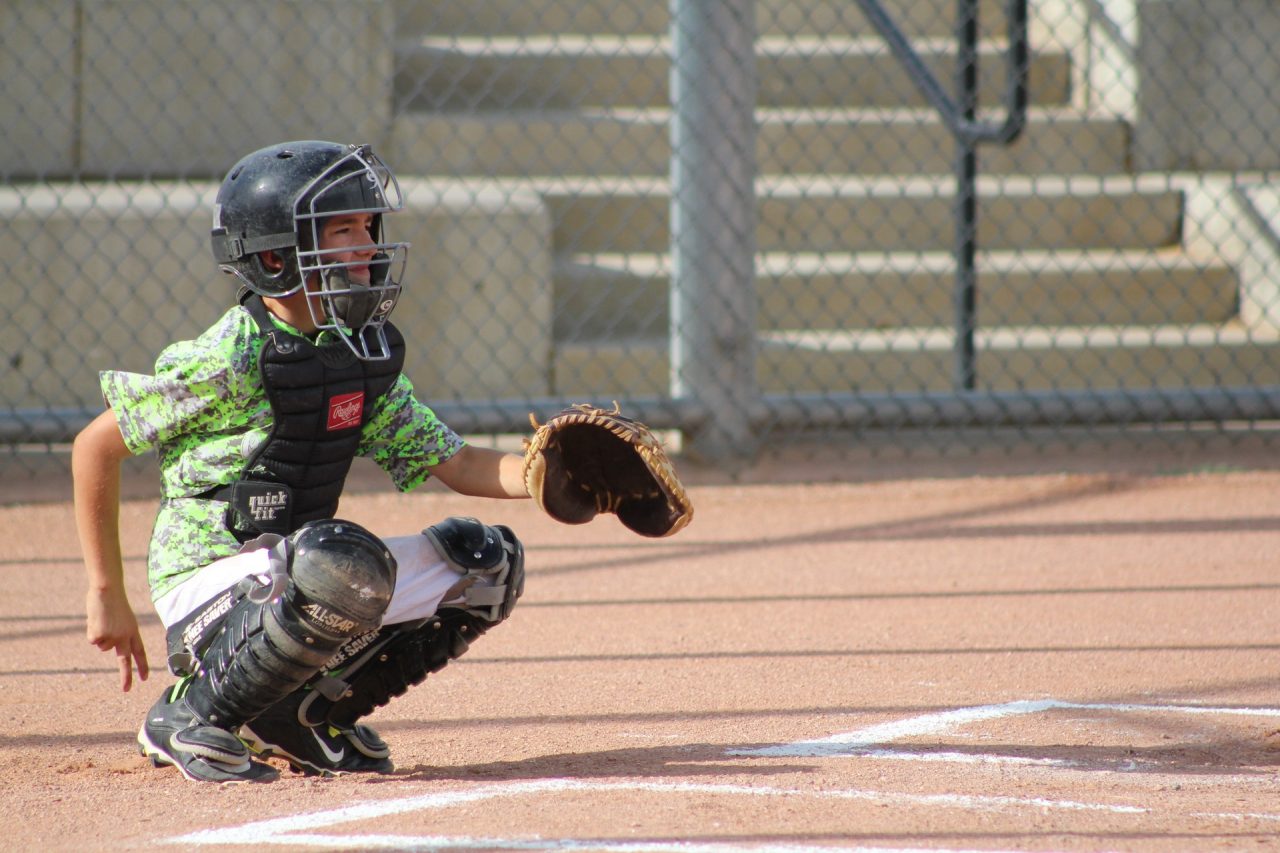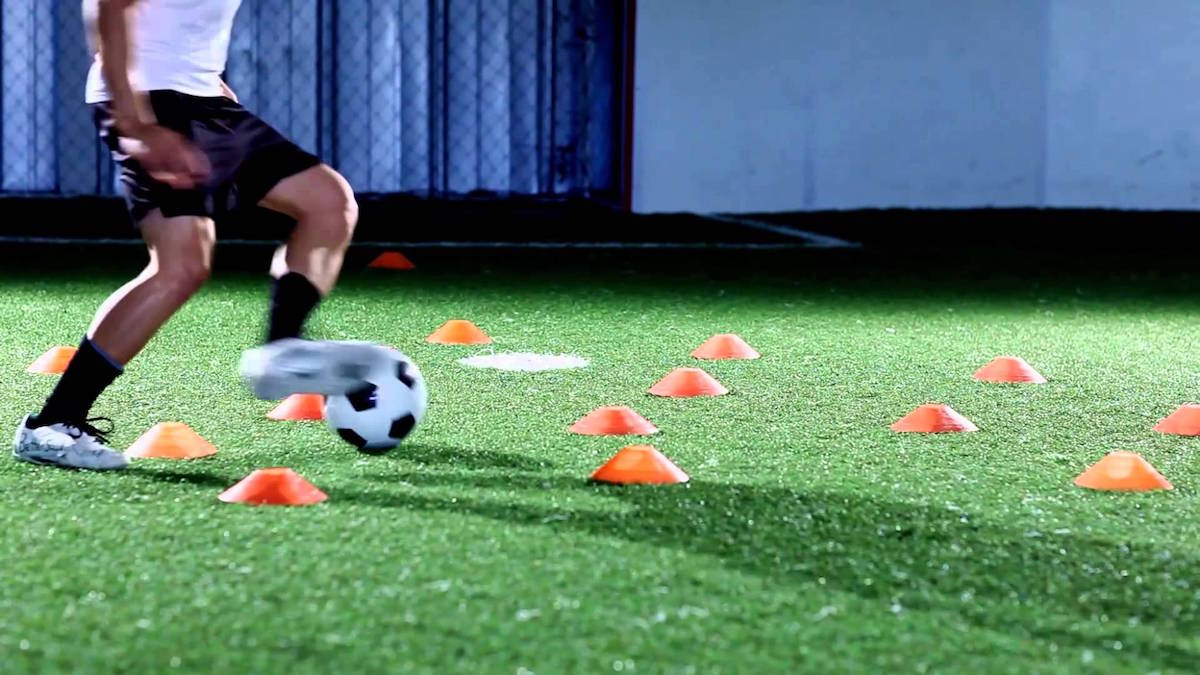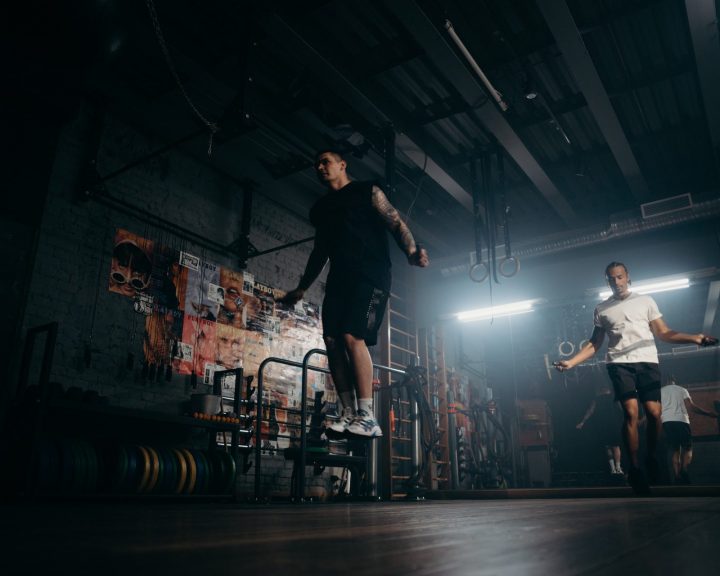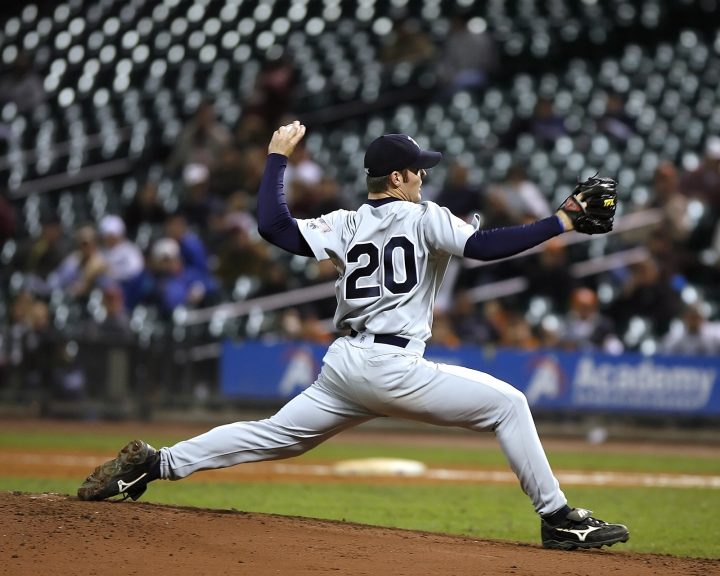In a previous post we covered blocking and the youth catcher. In that post we described how to block balls that are in the middle of the plate. Here’s the problem, the ball doesn’t always go to the middle of the plate. In this post we’re going to describe how to block to the sides.
The catcher gives the signal to the pitcher. At that point the catcher moves into his receiving stance. The catcher sees that the ball is off track and moves to block the ball when it moves to the side.
When blocking the ball to the sides, the catcher uses the outside leg to push to the direction of the ball. After that push the catcher drops into blocking position and angles his body to stop the ball.
In this example, the ball is moving to the catcher’s right. The catcher pushes with his left leg to move to his right side. He drops down into his blocking position and angles in to stop the ball just as we described in the last post.
If the ball is moving to the catcher’s left, he will push with his right leg to move to his left side. Then he will angle and drop into the blocking position that we described in the last post.
To develop this skill first consider using these movements (block to the middle, block right, block left) as skill developers. Have the catcher repeat the movement and coach them up on it.
These skills can become a warm-up drill for catchers before practices and games. For example, block three times to the middle, three to the right, and three to the left to help warm up their legs and to practice the movement pattern.
The next progression is to roll the ball to the catcher and have them react to the ball under slow speeds. Finally, the ball can be randomly thrown to the catcher requiring them to react to the ball and practice their skills.




